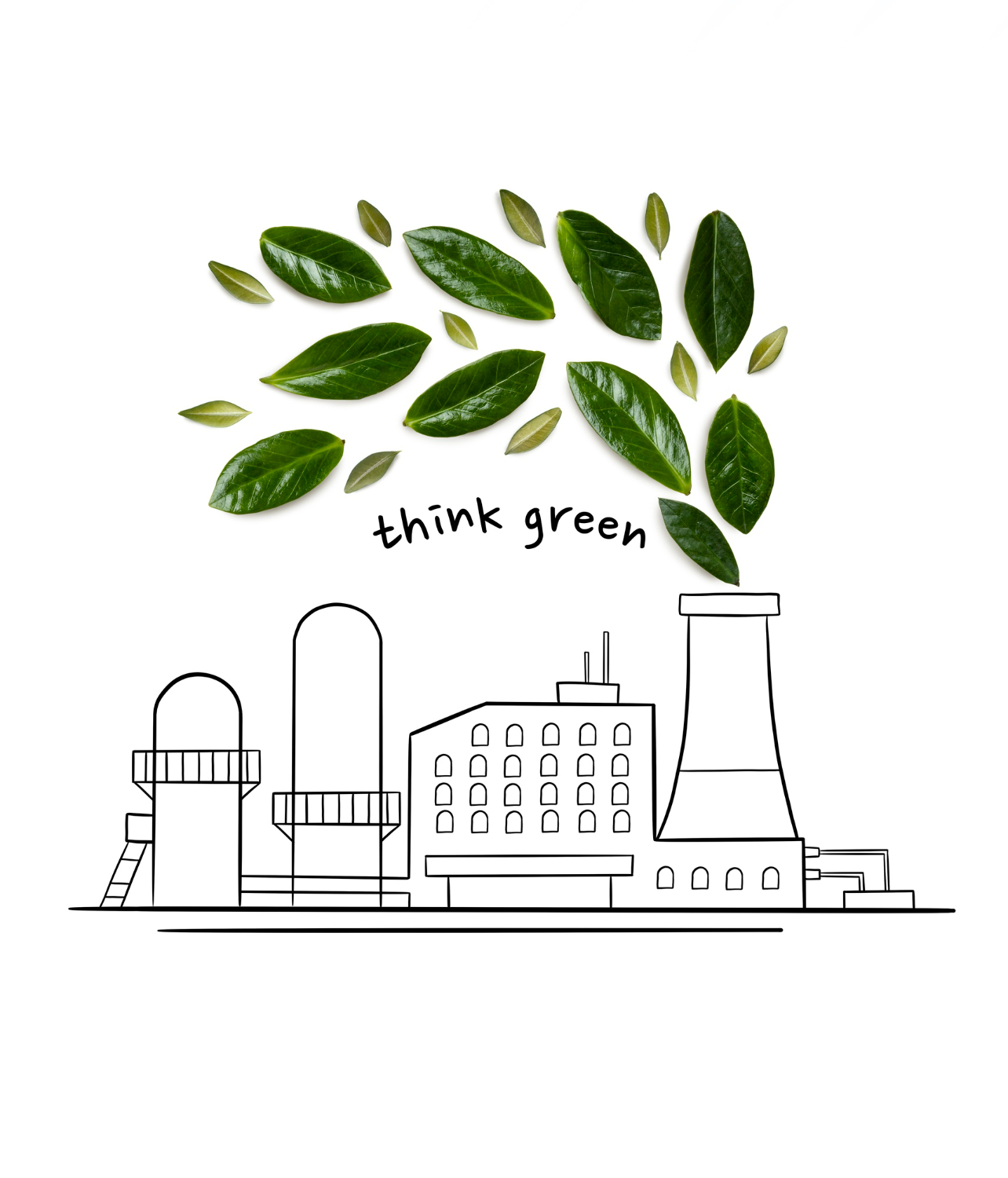In a major Indo-German collaboration, renewable energy companies from both nations have signed an agreement to establish a green ammonia production hub in Andhra Pradesh, marking a significant step toward advancing clean fuel infrastructure in India. The partnership was announced at the World Hydrogen Summit 2025 held in Rotterdam.
Green Ammonia Project to Rise on India’s East Coast
India’s Juno Joule Green Energy Pvt. Ltd. and Germany’s SET Select Energy—along with its green subsidiary Select New Energies—have inked a memorandum of understanding (MoU) to jointly build and market green ammonia in Andhra Pradesh. The facility will be set up near Mulapeta Port on India’s eastern seaboard.
The proposed plant is poised to become one of the country’s most significant green energy projects, targeting an annual output of 1 million tonnes of green ammonia. This will be derived from 180,000 tonnes of green hydrogen per year, produced entirely through renewable sources.
Phased Development with $1.3 Billion Investment
To be constructed in three phases, the project is backed by an estimated investment of $1.3 billion (approximately ₹10,000 crore). It reflects India’s growing ambition to lead the global transition to green fuels.
As part of its infrastructure, the plant will incorporate a state-of-the-art desalination unit to convert seawater into purified water required for the electrolysis process. Electrolysers will be powered through a dependable mix of solar, wind, and hydro energy sources, ensuring year-round production in compliance with Renewable Fuels of Non-Biological Origin (RFNBO) standards.
Global Supply Chain Integration
A dedicated pipeline will link the facility directly to the nearby port, streamlining the export of green ammonia to global markets. This infrastructure will position India as a key player in the international green hydrogen economy.
Felix Danger, Managing Director of Select New Energies, emphasized the transnational significance of the venture, stating that the project illustrates how the clean energy transition is interconnected across borders and continents.
“Energy supply today is no longer confined within nations—it’s a global effort. This initiative in India is a clear example of how international collaboration is key to accelerating the green shift,” he noted.
Environmental Impact and Carbon Avoidance
Once up and running, the project is projected to reduce carbon dioxide emissions by more than 1.8 million tonnes annually. This aligns with both India’s and Germany’s long-term climate goals, and supports global efforts to decarbonize hard-to-abate sectors such as shipping, chemicals, and heavy industry.
The green ammonia produced will serve both domestic demand and overseas customers, marking a milestone in India’s renewable energy journey and strengthening Indo-German clean tech ties.



